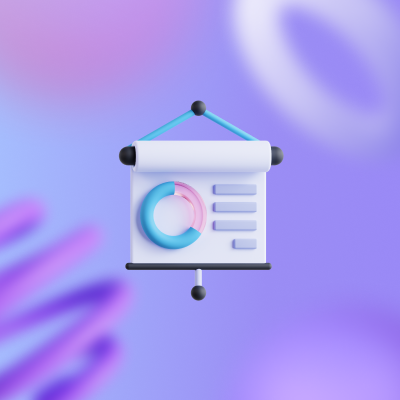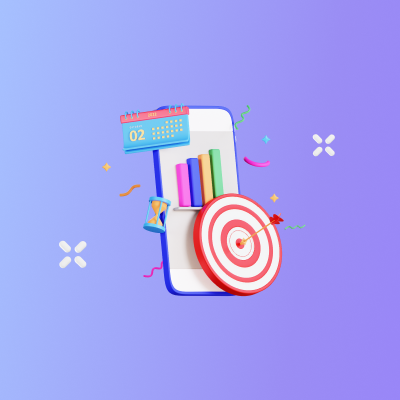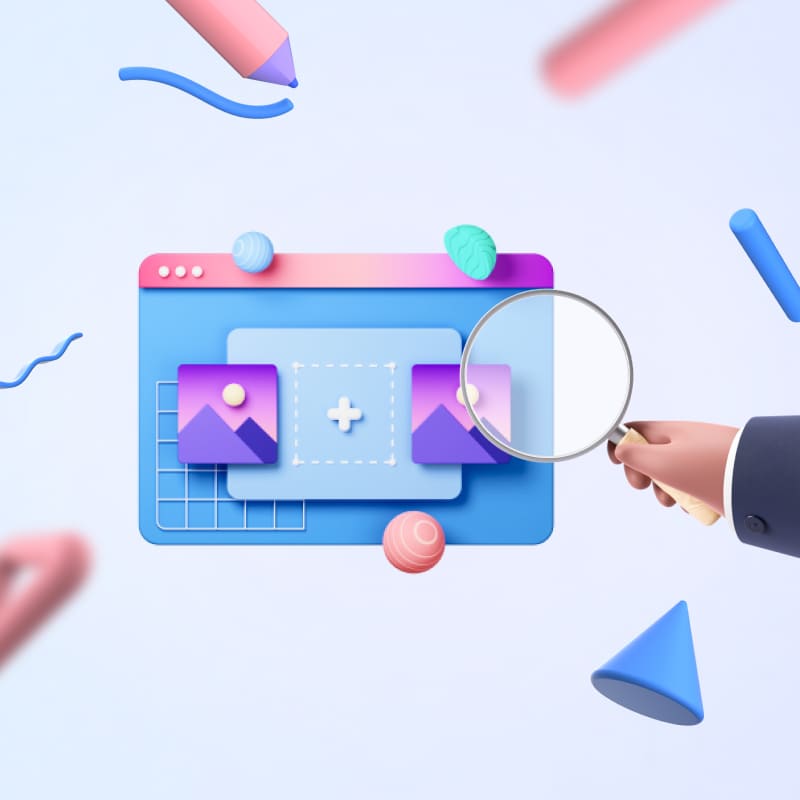
Global is the new depth of recruitment as national borders mean less and less, as far as sourcing human capital is concerned. The geographical footprints of organisations worldwide are more widespread than they used to be, as teams are being created with multilocational employees. As more recruitments are being made diversely, the task of onboarding has become more strenuous.
Putting new staff at ease is one of the top goals HR professionals hope to achieve with an onboarding programme, but only about 12% of employees worldwide rate onboarding programmes high. Onboarding makes adaptation to company culture easier for new hires; however, monitoring employees during the process is challenging. To be honest, you might have too many priorities calling for your attention whilst trying to engage new employees more actively. To get new hires to hit the ground running, a holistic and effective approach must be taken to onboarding.
Contents
- What is onboarding training?
- How to use LMS features to streamline onboarding
- Scheduling and planning
- Personalised learning and career paths
- Learning assignments
- Mobile learning
- Tracking progress & assessing performance
- The benefits of using an LMS for employee onboarding
- Easy setup
- Automation of recurring tasks
- Training
- Employee retention
- Family culture
- How to use an LMS for onboarding
- Plan your onboarding training
- Design an onboarding curriculum
- Schedule & plot training delivery
- Launch your onboarding
- Manual enrolment
- Auto-enrolment
- Self-enrolment
- Track analytics
- Evaluate & revise
- Conclusion
What is onboarding training?
Training your new employees within the first few days to the first year (in some instances) of joining your organisation is standard practice. It is also often called induction or orientation of new employees.
Onboarding includes everything from introducing them to the organisation and vice versa to understanding the business, familiarising them with the system, processes and procedures, and training them to play specific roles within the organisation. It produces faster and higher productivity rates for new hires and communicates expectations, culture and processes to them, helping them settle in easily. Though desirable, mentoring and on-the-job training on a one-to-one basis can be infeasible for many organisations and situations.
Finding the optimal way to deliver onboarding within your organisation will provide them with the foundation needed to fit in and execute their job responsibilities efficiently.
How to use LMS features to streamline onboarding
Your learning management system (LMS) is one of the most appropriate ways to onboard new hires. Here are the ways you can use your LMS to simplify onboarding and be better organised and more efficient.
Scheduling and planning
Your LMS can help you structure your onboarding programme, including scheduling crucial introductory meetings with colleagues, line managers or mentors. These could be in-person or online, but communicating the full schedule or hosting such meetings within your LMS makes things organised.
Familiarisation with the team and colleagues helps new employees experience a sense of belonging faster. In addition, the entire onboarding plan could be set up on your LMS, providing an overview and guiding them through each step in the process. This also helps track the onboarding progress by highlighting the modules and introductions done and those outstanding.
Personalised learning and career paths
Onboarding with your LMS enables you to create learning paths for specific roles at each level. This means you may not need to create a new one with each new hire; instead, you have a standard learning path for the respective roles.
However, your LMS also enables you to personalise the learning to the new hires where the need arises. In addition, it may provide them with the means to map their trajectory along a career path.
For instance, an employee may start as an investment analyst with the potential to branch out into two or three more specialist roles, such as a portfolio specialist or senior investment strategist. Your LMS may be used as a tool to chart the most appropriate path to the preferred role by highlighting the requisite learning requirements for each career path under consideration.
Learning assignments
There will be some compulsory modules that each new hire must take, which are more about the organisation and its culture. In contrast, other modules will be specific to their roles and responsibilities.
An LMS helps assign these modules to new team members and align them with the planned orientation learning pathways. Automating the process means new hires seamlessly go from onboarding to planned learning assigned to their roles. They will then be aware of learning that needs to be done and skills that need to be acquired as they progress within the organisation.
Mobile learning
Mobile-friendly LMS platforms make the onboarding process more endearing as new hires rest secure knowing that learning is flexible and can be adapted to their digital needs. They can access their onboarding programmes at any time and on preferred devices.
This makes the process more engaging and promotes a higher success rate with the younger generations of employees as more of them enter the workforce.
Tracking progress & assessing performance
By monitoring the progress of new hires in completing modules, understanding the culture and acclimatising can be done using your LMS. Detecting any irregularities with onboarding and problems encountered is prime to the success of your onboarding scheme. Intervention mechanisms can be triggered when irregularities are observed, giving new hires the impression that you genuinely care about their ability to adjust to your organisation.
The benefits of using an LMS for employee onboarding
Several benefits to using LMS for onboarding new hires exist, with a few of the key ones:
Easy setup
Creating modules with LMS is easy because of the tools that assist you in putting them together. This means that more can be done in less time, making your L&D team more efficient in carrying out their tasks.
They can create profiles of many new hires at a time with less need for manual uploads and inputs. Some LMS may even accommodate the recruitment process, which syncs into the onboarding process as candidates are shortlisted and flow through the process to employment.
Automation of recurring tasks
Since recruitment and onboarding are part of the organisation’s system of growth, tasks associated with onboarding which are repetitive, are easily automated. This means that L&D staff may not need to manually or physically repeat the onboarding process with each new (set of) employee(s).
Doing something repeatedly is monotonous, especially having to repeat it to different people in quick succession or often. With an automated system, recurring processes can be preset and recorded, like delivering a consistent welcome message that gives a background on organisational culture.
Training
The time taken to train employees is faster since the modules are available on-demand and online. With microlearning, learning can be done in bite sizes over a period. LMS also enables assessments to be taken upon completion of courses and to track training done. Additionally, blended learning comes in handy if practical aspects of learning are needed for roles taken up by employees.
Employee retention
At 70%, employee retention is the highest and most used key performance indicator of onboarding programmes worldwide. With an LMS as the vehicle for your onboarding programme, you increase the likelihood of keeping the employees you have gone to great lengths to hire.
Besides being able to blend into the culture and system more easily, employees onboarded using LMS can see how they fit into the picture and the trajectory for their career growth.
Family culture
New employees get nervous about feeling like one of the team and the cultural fit rather than a stranger who has come to intrude. With the delivery of their onboarding via LMS, new hires catch onto the ways of the workplace faster and settle in, much better than when it’s done without an LMS.
How to use an LMS for onboarding
Here are a few steps on how to use LMS for onboarding new employees:
1. Plan your onboarding training
A great place to start would be to define what an onboarded employee is. This tells you what they need to have experienced or own to be fully onboarded. From here, you plot back to the point they get recruited, noting all that happens in the transition process.
For an organisation I worked with, I was considered onboarded as soon as I had met the heads of the key departments, while in another, I’d undergone eight weeks of classroom training and then met my new team before I was deemed onboarded. It varies within organisations, and you decide on your organisation’s preferences or standards.
2. Design an onboarding curriculum
Using the tools and features embedded in your LMS, you design the onboarding programme modules and curriculum. You may use videos, audio, images and text to give a rich and multi-dimensional experience to the onboarding programme, as this keeps them engaged and draws them in. Care must be taken to organise modules, so they flow chronologically and are not disjointed. The design must be easy to understand and follow so that the employees can clearly understand the expectations and see their progress.
3. Schedule & plot training delivery
Plot how the modules will run, including where, when and how the content will be delivered. If the onboarding process is blended, speakers and instructors will need to confirm dates and times for live sessions.
The sequence of the activities and content will need to be considered here, so there is no confusion when the process takes off. Own your schedule by having a regular start cycle, setting it up based on your recruitment schedule or personalising it if your staff turnover is not high — the power to choose lies with you.
You can even enable new hires to choose their learning paths after completing the basics, so you can work with them to achieve their career goals. Your LMS will support whatever you decide to go with.
4. Launch your onboarding
Now, you can set up your new employees on the onboarding programme. Everything is set for you to give them a taste of your organisation, so make it happen by enrolling your successful hires.
You can do this in three ways.
Manual enrolment
Set up each new hire for a programme that’s designed for them. Their profiles, including their roles, skills and learning paths, are manually entered into the system by the L&D team.
Auto-enrolment
Automate an onboarding programme for each employee that scales through recruitment. Either they join the next scheduled cycle or start onboarding upon resumption, depending on what you have scheduled ahead.
Self-enrolment
New employees get notified of enrolment details and set themselves up. They enter their personal information and are then guided to a specific onboarding programme or the default onboarding programme for new hires.
5. Track analytics
Progress and learner analytics are then tracked with the LMS as part of critical analytical data used in several ways. They support ensuring that learners complete their modules, enable remote support for struggling learners, measure the effectiveness of the onboarding programme, record and understand employee learning patterns and behaviour, and analyse the number of learners over a period. These are only a few examples of the metrics that the LMS will provide you with.
6. Evaluate & revise
Based on the data generated by the LMS, assessments of the LMS system for your onboarding process can be regularly done. Revisions to the programme content, mode of delivery or other changes triggered by the evaluation can be carried out to improve it and make it deliver on your objectives. A bi-annual review is recommended as it provides a reasonable pool of sample metrics to analyse and base any changes on.
Conclusion
Overall, onboarding programmes and LMS are an excellent combination for managing new employees. It makes the process better coordinated for your L&D team and provides a better experience for orientating and integrating new hires into your organisation.
Book a demo session with My Learning Hub today to learn more about how you can use LMS to simplify your onboarding programmes and other ways you can use learning management systems.
Frequently asked questions FAQ










